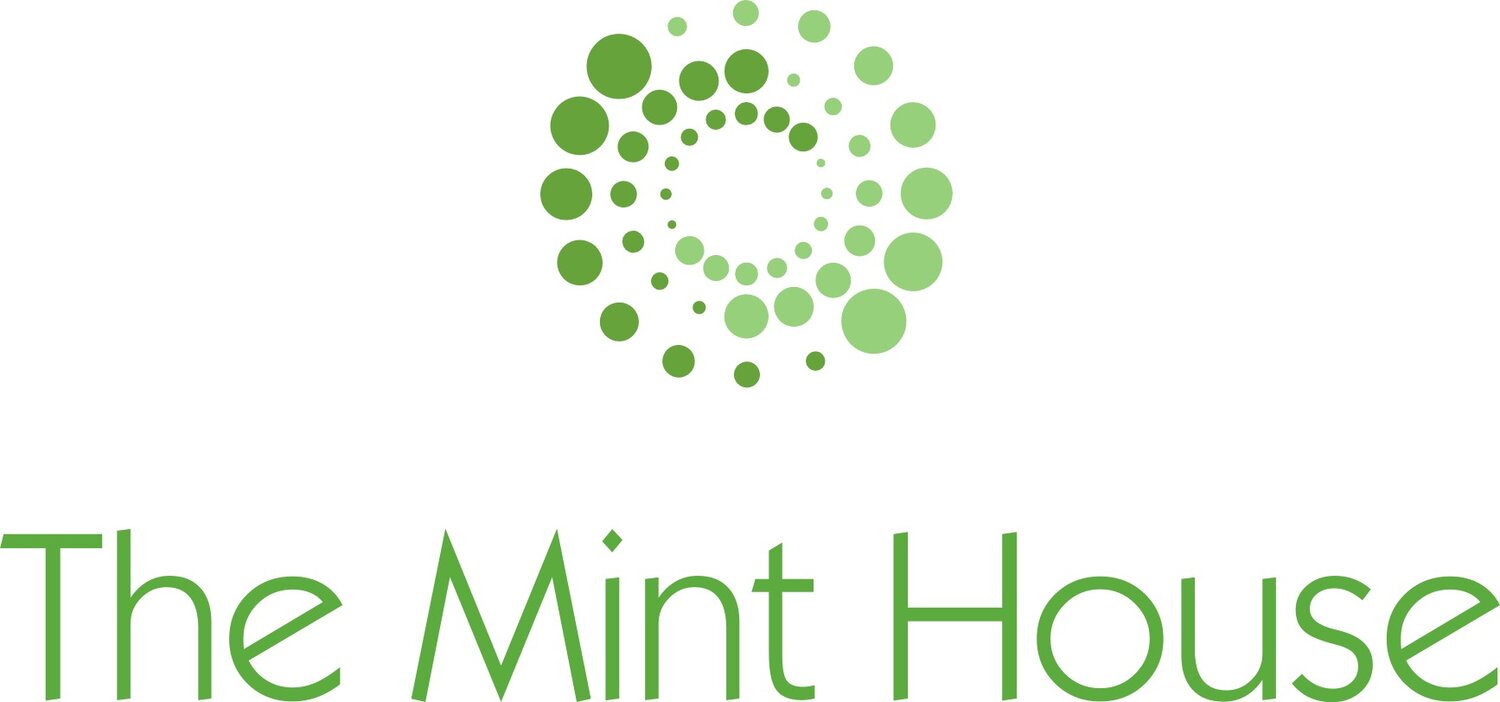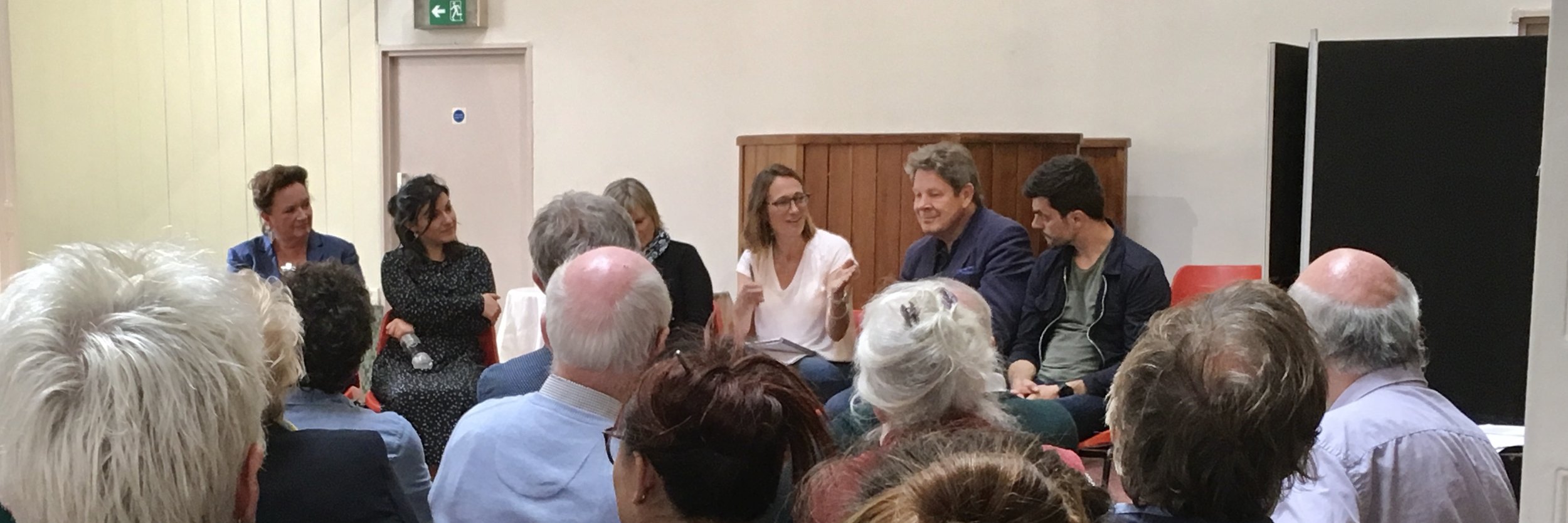by Paul S. Fiddes
Shakespeare’s comedy, A Midsummer Night’s Dream, opens on a scene of broken relationships and injustice. Hermia’s father is insisting that she marry a man she does not love—Demetrius—and the Duke of Athens has passed the sentence that if she refuses she must either die or spend the remainder of her life as a nun. Demetrius himself, wanting to marry Hermia, has broken his vows of love to Helena, to whom he was formerly betrothed. The countryside around has declined into disorder, floods and infertility because of a row between the Fairy King and Queen who each want possession of a young Indian boy servant, which whom they both appear to have an unhealthy obsession. Hermia determines to run away with her true love, Lysander, Demetrius pursues them, and Helena pursues Demetrius, with the result that Shakespeare gets all four of them into a wood at night, in which the warring fairy company is also encamped.
How can relations be restored and justice done? On the surface it seems that it will be by way of a piece of instant magic. Oberon, King of the Fairies, instructs his malicious servant Puck to anoint the eyes of his Queen, Titania, as well as the Athenian lovers, with juice from a magic flower. This has the property to make them fervently love whatever they first lay eyes on when they awake. So he plans to bring his erring wife to obedience, since he hopes that the first thing she sees and loves when she awakes will be something hideous, and she will later be overcome with shame. In fact she sees a simple workman, Bottom the Weaver, who has been endowed with an ass’s head by Puck. The lovers, Oberon thinks, will see their proper partners on awakening and be reconciled to each other. So one person tries to restore relations by exercising power over the others, but it is not to be. The plan goes badly wrong. Both Demetrius and Lysander end up chasing Helena, who finds their sudden attentions unnatural, and reconciliation only comes about because the utter confusion caused gives time and opportunity for all the participants to reflect on their situations and listen to the feelings of the others.
Restoration thus does not come by a manipulation of emotions, but by the mysterious growth of love and forgiveness between the persons involved. As Demetrius confesses, “I wot not by what power/ (But by some power it is) My love to Hermia /Melted as the snow”. He now recognizes the unhealthy nature of his obsession, “like in sickness”, and finds he has come back to health in vowing to be “evermore true” to Helena, whom he now realizes he has loved all the time. Through the night’s upheavals all the characters have together found a way forward, and life can begin again with a double marriage between Hermia and Lysander, Demetrius and Helena, and renewed marital love between Oberon and Titania. It is only to be hoped that Oberon has learned from the experience. The civil law has to accommodate its view of justice to this re-making of relations, and Duke Theseus remits his judgement and approves the marriages, which he combines with his own marriage to his former opponent in war, Hippolyta.
The play is full of images about the eyes and seeing, and it is clear that for most of the time the participants are failing to see each other properly, or have been prevented from doing so by circumstances. When Hermia complains to the Duke,”I would my father looked but with my eyes,” he replies sternly “Rather your eyes must with his judgement look.” Demetrius, when in his state of unreality, “dotes on Hermia’s eyes.” Helena laments the split caused in her former friendship with Hermia by Demetrius’ behavior, again using images of eyes; she complains that while “my ear should catch your voice, my eye your eye,” this is no longer the case. Laying the magic juice on sleeping eyes cannot instantly cure this eye-problem: it will only be resolved when people have learned to look at others as they really are, with genuine love. This will take time, some open speaking and some painful experiences.
Shakespeare weaves into this play a quotation from the New Testament scriptures that underlines what is going on. On awakening after his wonderful night with the Fairy Queen, Bottom absurdly misquotes the Apostle Paul who had once written that “eye has not seen, nor ear heard, nor the human heart conceived, what God has prepared for those who love him.” While Paul is talking here about love for God, we know that Paul thinks this can never be separated from love for our fellow human beings. In Bottom’s confused version of the text, he confesses that he has had a supremely mysterious experience in which “The eye of man hath not heard, the ear of man hath not seen, man’s hand is not able to taste, his tongue to conceive, nor his heart to report what my dream was.” By muddling up the physical senses like this, Bottom only deepens the sense of mystery about what has happened to him, which is finally the mystery of love. All the characters, we feel, have gone through a similar transformation. Surely we may say that in any event of restorative justice, something mysterious is going to happen between the persons involved which cannot be rationally arranged or completely planned beforehand, but which will open up healing and hope for the future.
Revd Professor Paul S. Fiddes' recent book, More Things in Heaven and Earth. Shakespeare, Theology, and the Interplay of Texts, is published by the University of Virginia Press.
If you live in or near Oxford and would like to join us for a charity performance of A Midsummer Night’s Dream, Wild Goose Theatre Company are allowing us to sell tickets to their dress rehearsal in aid of The Mint House: https://www.minthouseoxford.co.uk/events/shakespeare
























